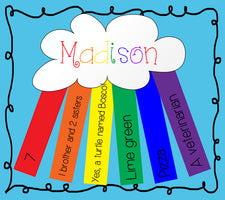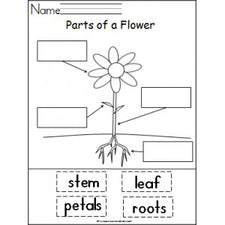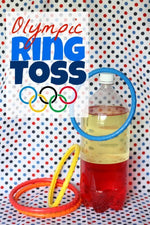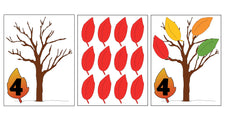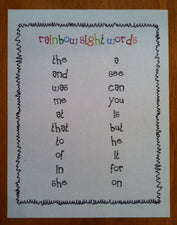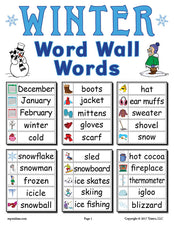The First Flight

In continuation of national aviation month and your kindergartner's recent discovery of how airplanes fly, the Smithsonian National Air and Space Museum recommends introducing your students to Orville and Wilbur Wright, the inventors of this spectacular flying machine.
Orville and Wilbur Wright
The Wright brothers first became interested in flight at the ages of seven and eleven when their father gifted them with a toy helicopter. They first dabbled in making model airplanes - starting small then graduating to larger crafts. Having experienced only minimal success in this venture, the brothers pursued several other endeavors until 1896 when other pioneers in aviation ignited their interest once again in designing a craft for manned fight. Going as far as to relocate for better flying conditions, Orville and Wilbur finally piloted the first successful airplane flight in 1908.
To better understand the duo's lives and achievements, read Andrew Woods' book, Young Orville and Wilbur Wright: First to Fly as a class, the use the Smithsonian's interactive airplane anatomy lesson to show students the Wright's first plane (design, parts, etc.) and how, after 100+ years, airplanes still make use of Orville and Wilbur's flight theory! Airplane Science (and FUN!)
Now that your students have learned about the first planes, their various parts, and how these large crafts are able to stay in the air, have a little fun. Choose a simple paper airplane design, provide students with paper, and invite them to copy the craft. As recommended by Steve McCombs, a ProTeacher lesson plan contributor, create worksheets for recording flight distances, then head to the hallway for some flying fun!
- Trial 1 - Fly paper airplanes without any extraneous variables
- Trial 2 - Fly paper airplanes with an extraneous variable (e.g. a paper clip on the front, etc.)
- Trial 3 - Collect several paper airplane designs from the internet or print resources, presenting them to your students. Have them vote on which will fly the farthest, straightest, etc. then make several planes and head out to the hallway again!
Back in the classroom, analyze and graph the data from each trial to find the shortest, median, and longest flights, etc. in the class.
Your kindergartners are sure to have a blast with these interactive aviation lessons! ...Usually creating and flying paper airplanes in class is a 'punishable offense' - this lesson presents a perfect time to have fun with 'contraband' - something your students will enjoy in and of itself!
